Theodore Giannakopoulos
White Paper: Challenges and Considerations for the Creation of a Large Labelled Repository of Online Videos with Questionable Content
Jan 25, 2021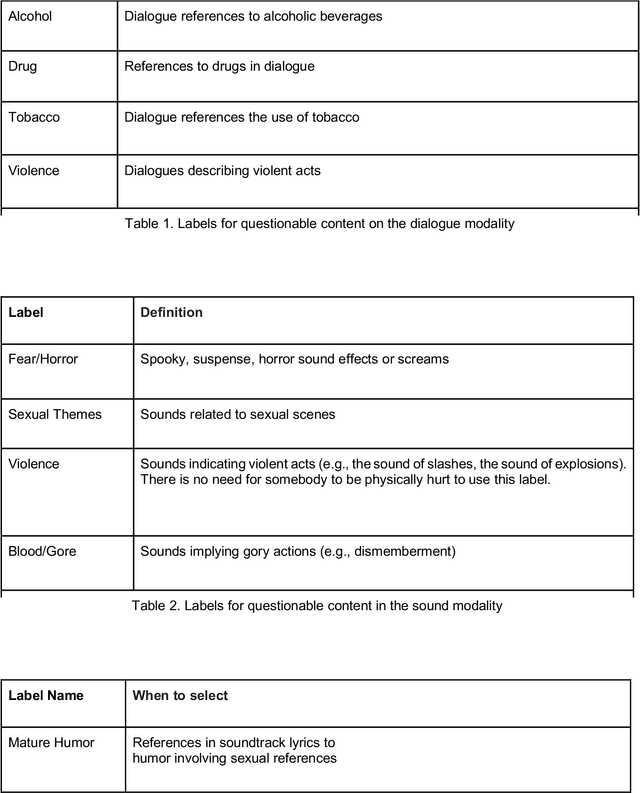
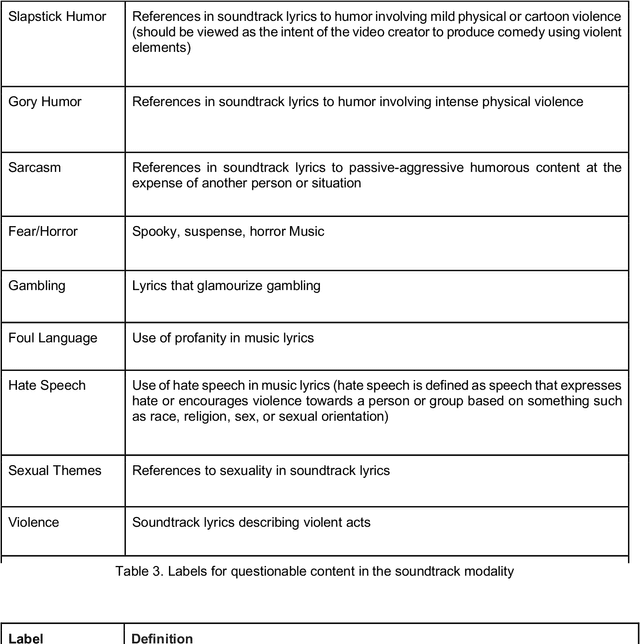
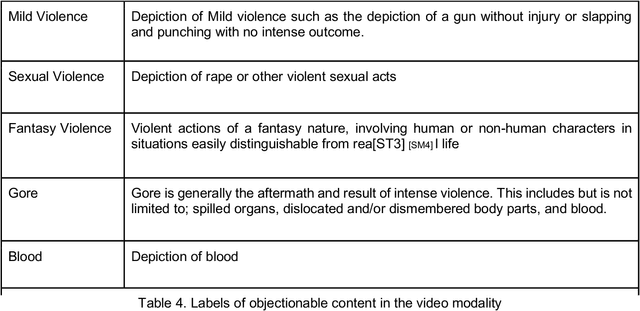
Abstract:This white paper presents a summary of the discussions regarding critical considerations to develop an extensive repository of online videos annotated with labels indicating questionable content. The main discussion points include: 1) the type of appropriate labels that will result in a valuable repository for the larger AI community; 2) how to design the collection and annotation process, as well as the distribution of the corpus to maximize its potential impact; and, 3) what actions we can take to reduce risk of trauma to annotators.
Curriculum Learning of Visual Attribute Clusters for Multi-Task Classification
Jul 10, 2018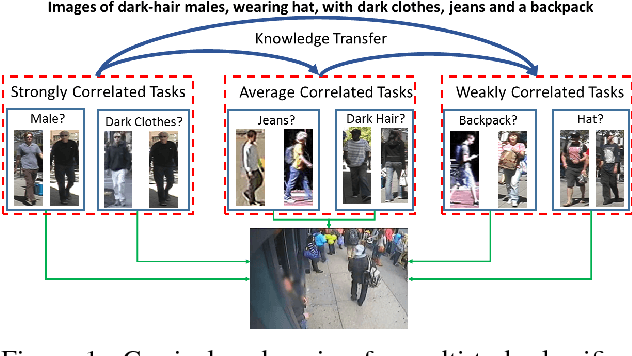
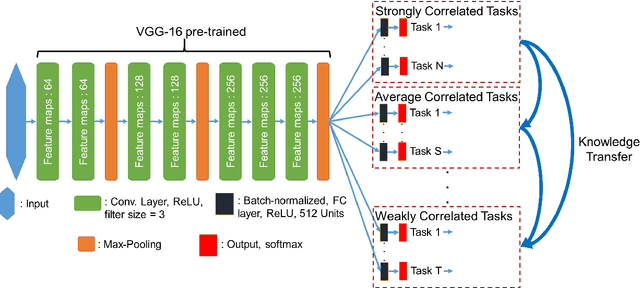
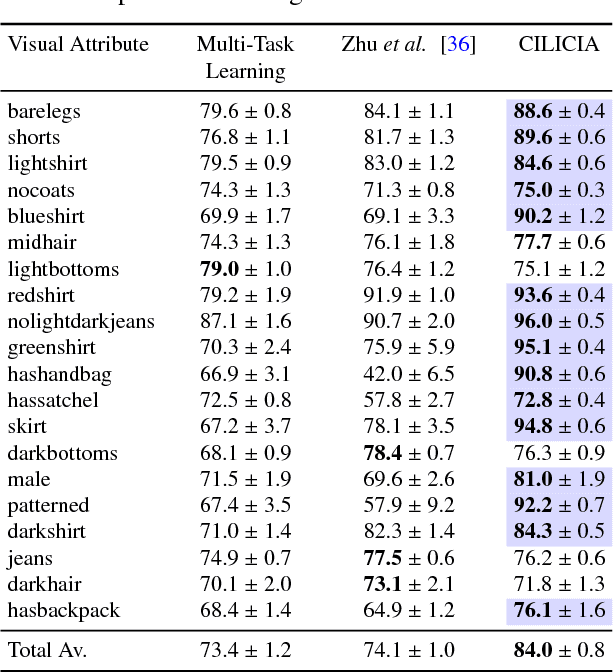

Abstract:Visual attributes, from simple objects (e.g., backpacks, hats) to soft-biometrics (e.g., gender, height, clothing) have proven to be a powerful representational approach for many applications such as image description and human identification. In this paper, we introduce a novel method to combine the advantages of both multi-task and curriculum learning in a visual attribute classification framework. Individual tasks are grouped after performing hierarchical clustering based on their correlation. The clusters of tasks are learned in a curriculum learning setup by transferring knowledge between clusters. The learning process within each cluster is performed in a multi-task classification setup. By leveraging the acquired knowledge, we speed-up the process and improve performance. We demonstrate the effectiveness of our method via ablation studies and a detailed analysis of the covariates, on a variety of publicly available datasets of humans standing with their full-body visible. Extensive experimentation has proven that the proposed approach boosts the performance by 4% to 10%.
Curriculum Learning for Multi-Task Classification of Visual Attributes
Aug 29, 2017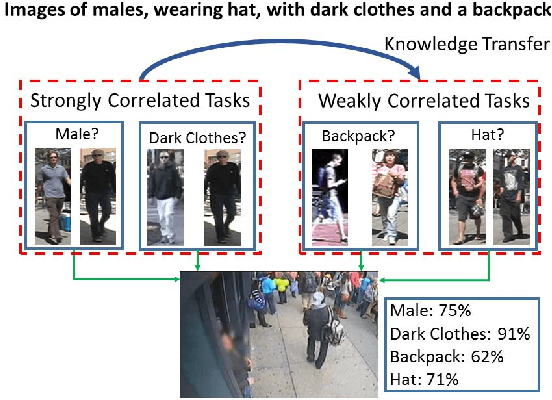
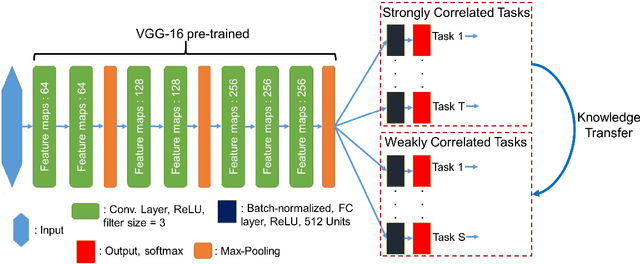
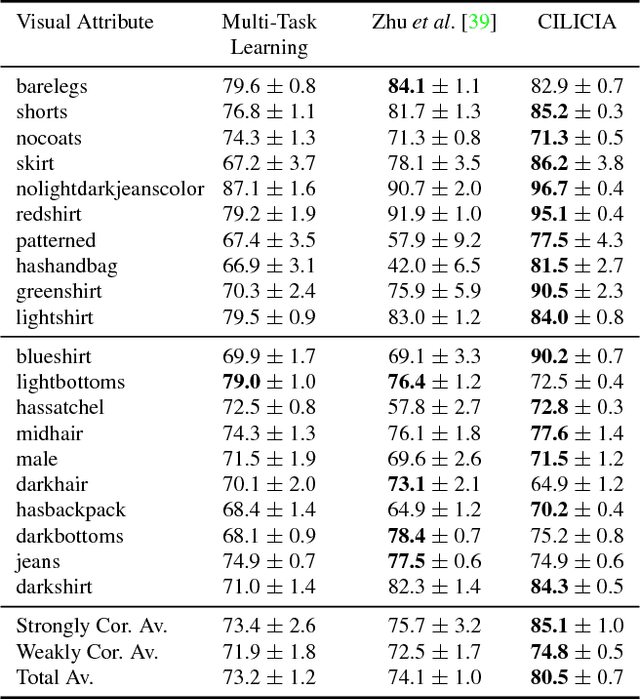
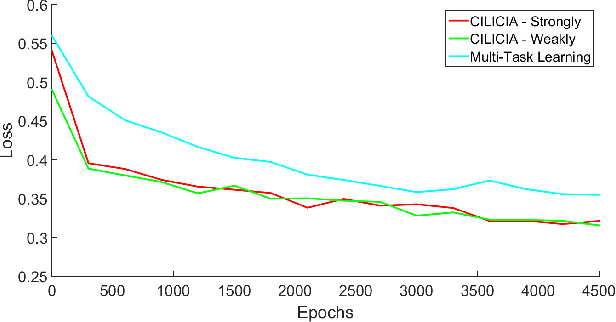
Abstract:Visual attributes, from simple objects (e.g., backpacks, hats) to soft-biometrics (e.g., gender, height, clothing) have proven to be a powerful representational approach for many applications such as image description and human identification. In this paper, we introduce a novel method to combine the advantages of both multi-task and curriculum learning in a visual attribute classification framework. Individual tasks are grouped based on their correlation so that two groups of strongly and weakly correlated tasks are formed. The two groups of tasks are learned in a curriculum learning setup by transferring the acquired knowledge from the strongly to the weakly correlated. The learning process within each group though, is performed in a multi-task classification setup. The proposed method learns better and converges faster than learning all the tasks in a typical multi-task learning paradigm. We demonstrate the effectiveness of our approach on the publicly available, SoBiR, VIPeR and PETA datasets and report state-of-the-art results across the board.
 Add to Chrome
Add to Chrome Add to Firefox
Add to Firefox Add to Edge
Add to Edge